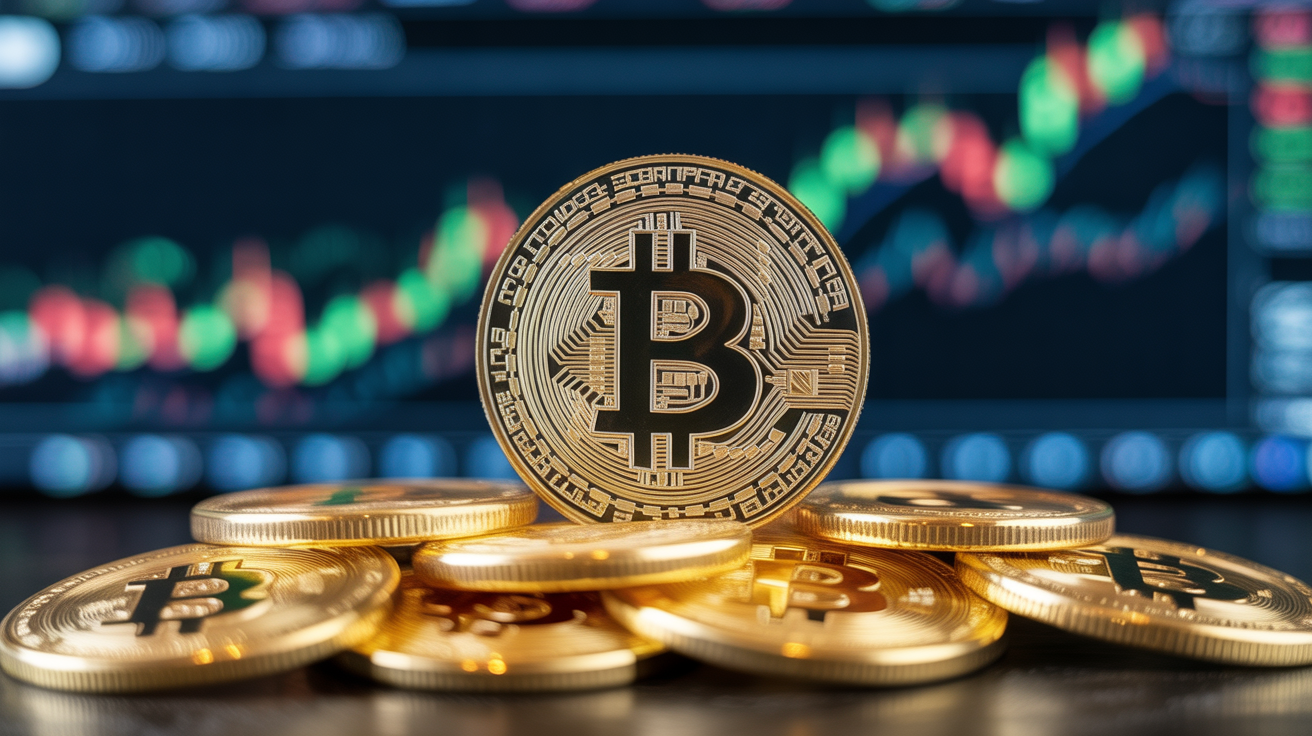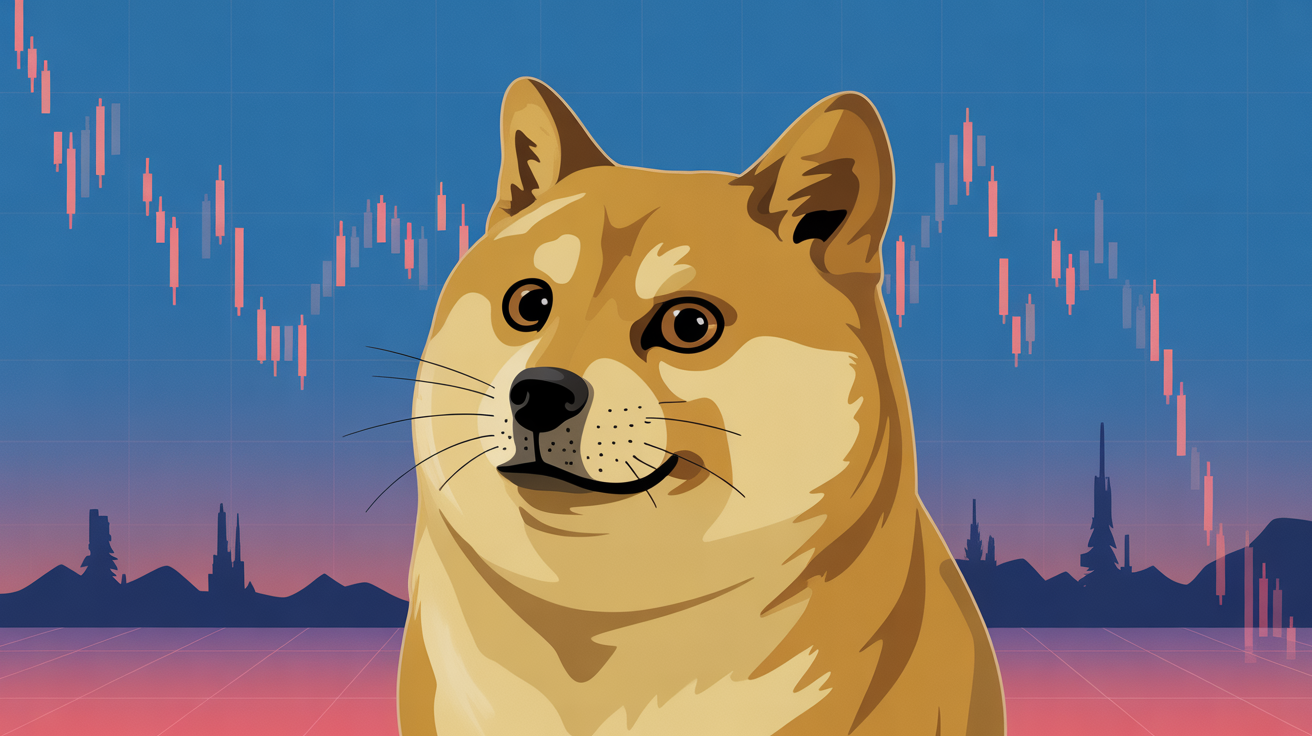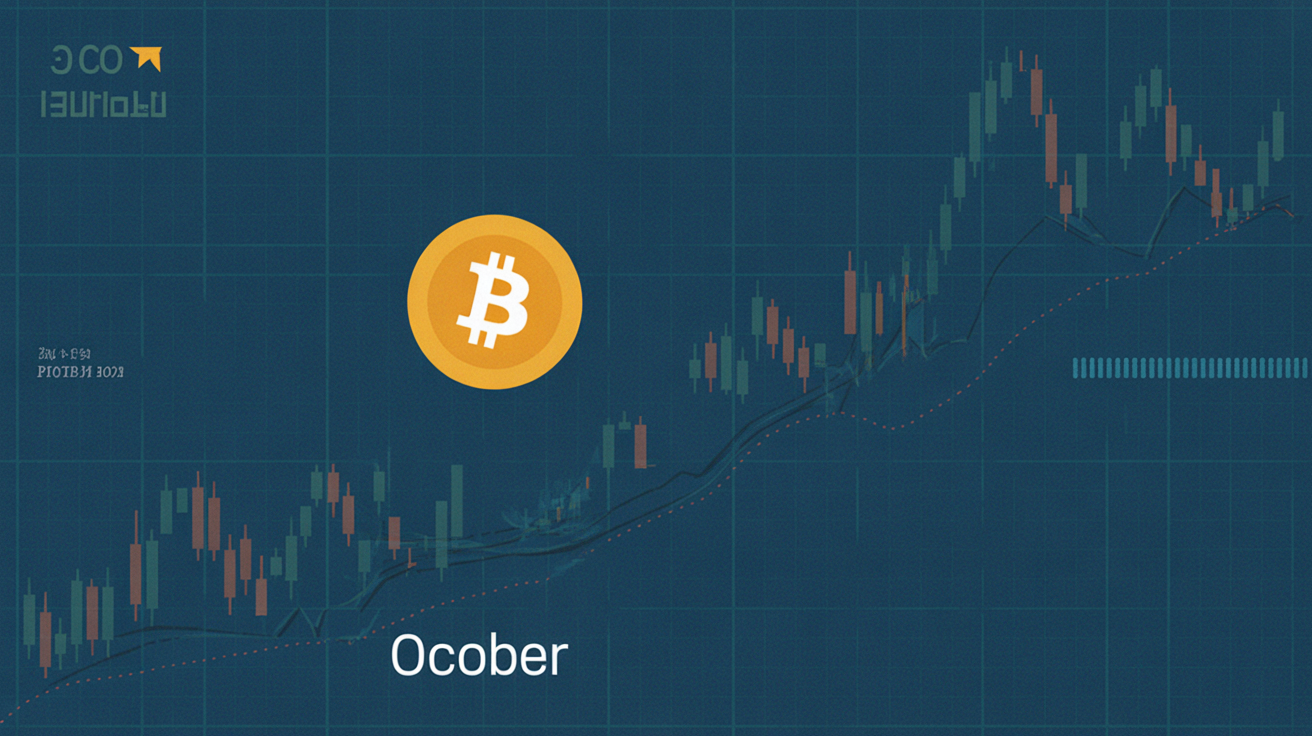Bitcoin’s “Silent IPO”: Why Its Boring Price Action Could Be Setting the Stage for What’s Next
Spot ETFs are thriving, institutional money is flowing in, and regulators are finally warming up — yet Bitcoin (BTC) remains stuck in neutral. While global risk assets surge to record highs, Bitcoin’s price has barely moved.
To some, it looks like apathy. To others, exhaustion. But veteran investor Jordi Visser believes this quiet stretch is actually a crucial transition. In a viral essay on X titled “Bitcoin’s Silent IPO: Why This Consolidation Isn’t What You Think,” Visser argues that Bitcoin’s muted performance mirrors the post-IPO phase of traditional markets — a period when early investors slowly take profits while ownership shifts to new hands.
From Early Adopters to Broader Ownership
“Bitcoin never had a traditional IPO,” Visser writes, “but the market behavior looks almost identical.” In traditional finance, IPOs are major liquidity events — a chance for early investors and insiders to convert paper gains into cash after years of risk-taking.
“Early investors deserve those rewards,” he adds. “But at some point, they need liquidity. They need an exit. They need to diversify.”
He draws parallels to Facebook’s 2012 IPO, which raised $16 billion at a $104 billion valuation. Within a year, its shares had fallen 30%. The reason wasn’t weak fundamentals — it was early shareholders methodically selling into the market.
“They don’t dump everything at once,” Visser explains. “They distribute slowly to avoid tanking the price. The result is a long, frustrating sideways period that tests everyone’s patience.”
Bitcoin’s Liquidity Transformation
Visser says the same dynamic is now playing out in Bitcoin. For years, the market lacked the depth to absorb large-scale sales from early holders. But with the advent of spot ETFs, increasing corporate adoption, and even interest from sovereign wealth funds, Bitcoin finally has a real institutional bid.
“The on-chain data is clear,” Visser notes. “Old coins — some untouched since the early days — are moving again. In 2015, selling $100 million worth of Bitcoin would’ve crashed the market. Even in 2019, $1 billion was too much. Today, the market is deep enough to handle it.”
But that new liquidity comes at a cost — steady, patient selling by early believers, which creates the kind of choppy, directionless market seen today.
Consolidation, Not Capitulation
Visser doesn’t call this a bear market. Instead, he sees it as a redistribution phase — a natural, necessary step in Bitcoin’s maturation as ownership moves from early adopters to institutions.
Historically, similar periods in traditional markets can last six to eighteen months. Even with crypto’s faster tempo, Visser believes the current range-bound behavior could continue for several more months.
“Sentiment improves only once the distribution is largely complete,” he writes. “People are frustrated because they think Bitcoin is underperforming. But once institutional accumulation absorbs the remaining early supply, the path forward becomes much clearer.”
For now, Bitcoin’s “silent IPO” may feel dull — but if Visser is right, it’s not a sign of weakness. It’s what every successful market does before it grows up.





























